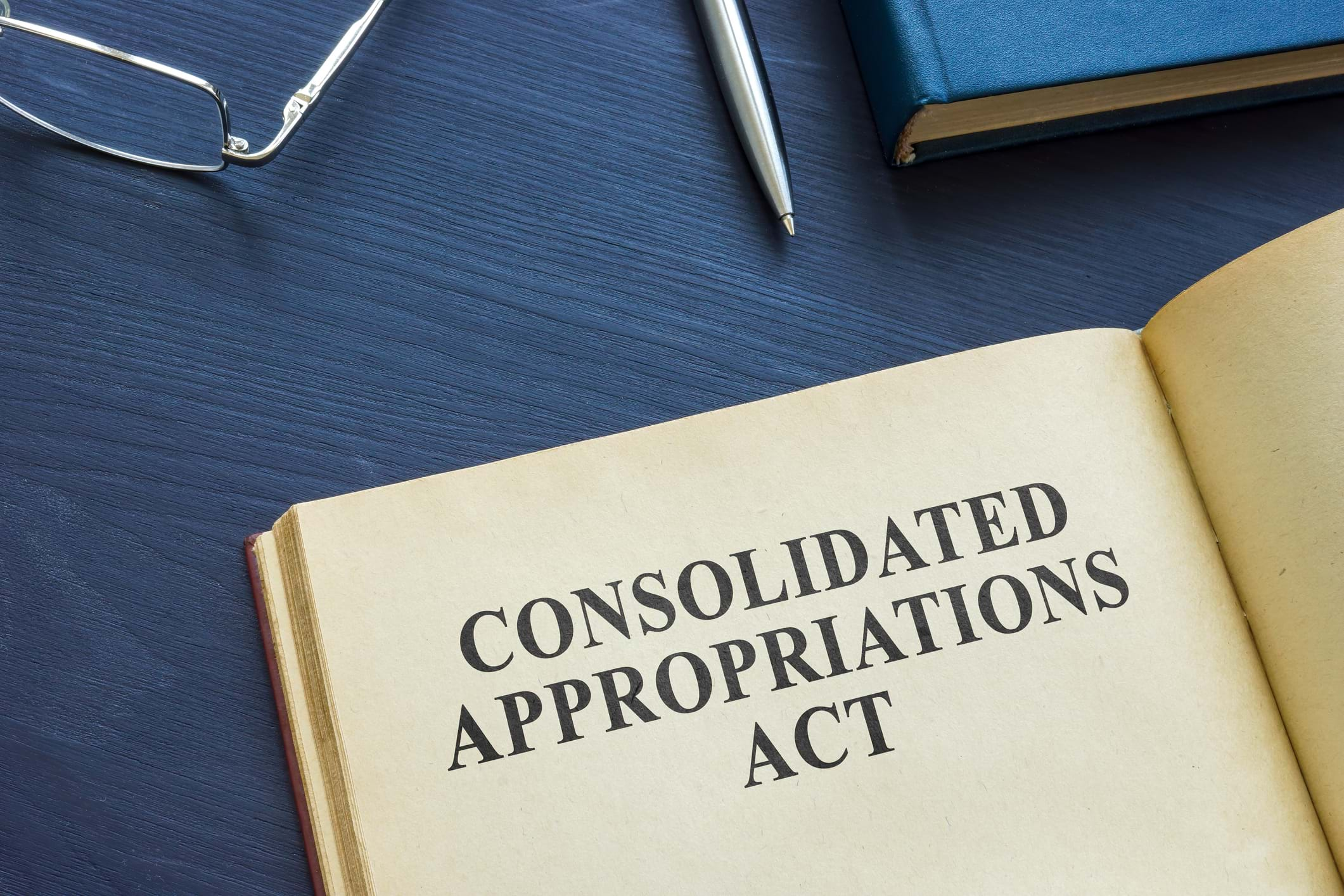The 2023 Consolidated Appropriations Act (CAA 2023), which was signed into law by President Biden on December 29, 2022, includes language extending the temporary safe harbor relief that makes first-dollar telemedicine coverage compatible with Health Savings Accounts (HSAs). The relief permits no or low-cost telemedicine coverage to be offered in conjunction with an HSA – either through a standalone telemedicine plan or as part of a qualified high deductible health plan (HDHP) – without adversely impacting the covered individual’s ability to make and receive tax-favored HSA contributions. Under this statutory provision, group plans are permitted, though not required, to offer telehealth coverage on a no-cost or subsidized basis without jeopardizing members’ HSA eligibility.
Per the language of the CAA 2023, sponsors of calendar year group plans can elect to take advantage of the relief immediately and without interruption, provided their carrier or third-party administrator agrees. That is, effective with calendar year plans beginning January 1, 2023, employees covered by a qualified HDHP can receive telemedicine coverage with no or low cost-sharing and remain HSA-eligible for the full duration of both the 2023 and 2024 plan years.
Unfortunately, as drafted, the CAA 2023 creates a gap in the relief for non-calendar year plans because the law applies the relief on a plan year basis, not a calendar year basis. The previous telemedicine/HSA relief under the CAA 2022 expired as of December 31, 2022, but the new relief under the CAA 2023 does not begin until the start of the 2023 plan year.
Accordingly, under a non-calendar year plan that began in 2022, from January 1, 2023 until the start of the next plan year, plan members with an HSA must either: 1) be excluded from the telemedicine coverage; or 2) pay a fair market value (FMV) fee each time they use the telemedicine service until they have incurred medical expenses that satisfy the 2022 minimum required HDHP deductible. While there is a way to potentially avoid this for certain individuals under the IRS’s rather quirky full contribution rule (otherwise known as the “last month” rule), failure to do so could result in a portion of those employees’ 2023 HSA contributions being subject to income taxes and penalties. Once the CAA 2023 relief does take effect with the start of the employer’s 2023 plan year, employees with HSA accounts can once again participate in the telemedicine program, and all or some of the FMV telemedicine fees may be dropped for the full duration of the plan years that will commence in 2023 and 2024.
Conclusion
We are hopeful the IRS will issue guidance that somehow closes the relief gap for non-calendar year plans. However, for now, employers that sponsor non-calendar year HDHPs and who intend to take advantage of this relief should assume they will have to restrict telehealth coverage or charge FMV fees on their telemedicine programs for the remainder of their 2022 plan year if they wish to avoid jeopardizing their employees’ HSA contributions.
Also, irrespective of whether a group health plan runs on a calendar year, any coverage changes adopted and implemented in light of the CAA 2023 safe harbor relief should be coordinated with the plan’s carrier or third-party administrator, and then promptly communicated to plan participants.
While every effort has been taken in compiling this information to ensure that its contents are totally accurate, neither the publisher nor the author can accept liability for any inaccuracies or changed circumstances of any information herein or for the consequences of any reliance placed upon it. This publication is distributed on the understanding that the publisher is not engaged in rendering legal, accounting or other professional advice or services. Readers should always seek professional advice before entering into any commitments.








